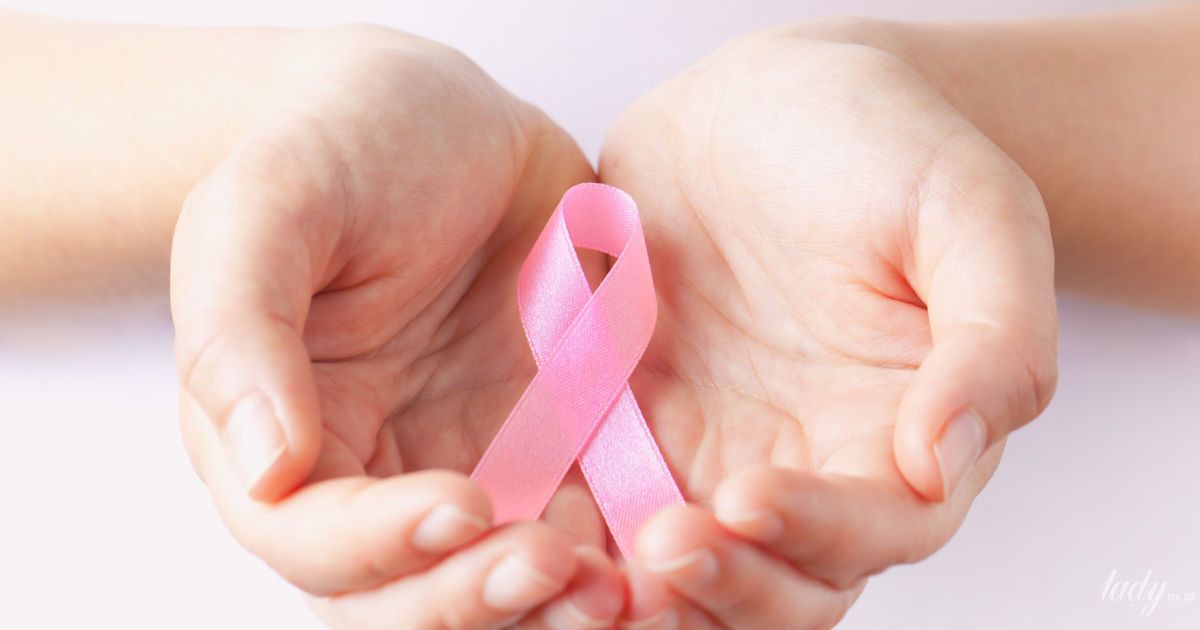About 110 people die of breast cancer in our country every week.
The vast majority of them are women.
Breast cancer ranks first in the structure of women's oncological diseases.
It develops asymptomatically, progresses quickly.
What women and men need to know about breast cancer, and whether it is possible to prevent its development, told
the oncologist-mammologist at the
ISIDA clinic
Habelko Yuliya Andriivna.
Symptoms of breast cancer.
Breast cancer is a disease in which a malignant tumor forms in the tissues of the breast glands.
This happens due to mutations in the genes responsible for the growth and regeneration of breast cells.
Malignant cells multiply slowly and asymptomatically, sometimes they manage to go beyond the boundaries of the initially formed tumor - they affect healthy tissues and organs.
When a tumor is formed, a hard, painful or painless lump appears in the breast.
Sometimes compaction is a symptom of fibroadenoma - a benign tumor.
Other alarming symptoms of breast cancer include:
breast swelling - breasts on one side differ from each other in volume - or parts of the mammary gland;
tightness and painful sensitivity of the nipple;
bloody or transparent discharge that seeps from the nipple;
nipple retraction;
the appearance of sores on the nipple or on the chest;
redness, irritation or wrinkling of the skin (in the case of wrinkling, the skin resembles an orange peel);
painful enlargement of lymph nodes;
increase in body temperature, weakness.
These symptoms appear at the third or fourth stage of development of breast cancer.
And they indicate the progression of the disease.
Risk factors.
The first and main risk of developing breast cancer is the
female gender.
In 2019, breast cancer was diagnosed in 14,220 Ukrainian women and 134 Ukrainian men.
This is due to the fact that about 70% of tumors are hormone-sensitive.
High levels of estrogen, the female sex hormone, stimulate the growth of many types of breast cancer.
It increases at the beginning of each menstrual cycle, reaches a peak before ovulation, and then decreases.
Early onset of menstruation
- before the age of 12 - is the second risk factor for the development of breast cancer.
The more menstrual cycles a woman had, the higher the risk.
Pregnancy, in which a woman skips 9-10 cycles, and lactation, the predominant activity of estrogens, is an indirect prevention of breast cancer.
Rejection of breastfeeding and lack of pregnancy during life
are two more female risk factors.
Among others:
genetic predisposition - first-line relatives (mother, grandmother, sister, aunt) had breast cancer;
age 40-50 years;
late pregnancy;
onset of menstrual pause after 55 years;
adiposity;
breast cancer in the medical history - breast cancer has a recurrent nature;
smoking, alcohol abuse - the level of estrogen in the blood increases;
steroid therapy;
disruption of the endocrine system;
benign precancerous diseases of the breast;
lack of physical activity, etc.
In men, breast cancer is rare - one man per hundred women.
But they have little breast tissue, and the tumor spreads faster beyond its borders (it affects healthy tissues and organs).
Therefore, the symptoms of breast cancer should not be ignored.
Preventive measures.
Every woman, starting at the age of 20, must visit a mammologist once a year.
After the onset of the menstrual break - also once a year.
Up to the age of forty, the patients undergo ultrasound diagnostics, after the age of 40 - mammography.
With age, the density and structure of the breast changes - mammography visualizes the mammary gland more clearly than ultrasound diagnostics.
If a first-line relative has had breast cancer, I recommend genetic testing for BRCA1 and BRCA2 mutations.
If mutations are confirmed, do not panic - just visit a mammologist more often than once a year.
This will allow him to monitor the condition of your mammary glands from visit to visit.
And you can reduce the risk of developing breast cancer by taking preventive measures.
Diagnosis of breast cancer at the first or second stage increases the chances of being cured and going into remission.
According to the Ministry of Health of Ukraine, 95% of patients are cured at the first stage, 80% at the second stage, and 50% at the third stage.
At the fourth stage, the chance of being cured is below 50%.
In addition to an annual visit to a mammologist, women are recommended to feel their breasts on their own every month.
But I ask you not to rely only on your feeling and understanding of healthy breasts.
Self-examination is not equivalent to a mammological consultation.
Every year since 1993, October has been declared World Breast Cancer Awareness Month.
The goal of the campaign is to tell women that each of us is at risk, but each of us can prevent the development or progression of this disease.
For this, you only need to visit a mammologist every year and take care of your health now, not later!
Read also: Uterine fibromyoma
: causes, symptoms, methods of treatment
